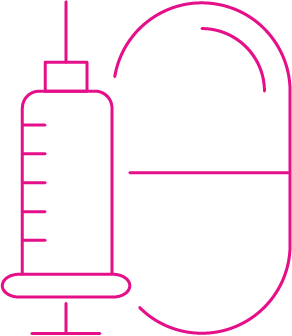Extractables & leachables

It is vital to identify both the substance and the source of any leachable impurities throughout drug development and release. Identifying impurities is key as they may significantly alter the identity, strength or quality of the drug and pose a risk to patient safety. These impurities may come from many different sources, including pharmaceutical container systems and product packaging.
There are a number of analyses that must be performed in order to comply with the regulatory requirements USP <1663> and <1664>. However, these requirements only provide guidance for the design of extractables and leachables (E&L) studies and do not set out precise methodologies or specifications. As a result, E&L studies must be designed specifically for your drug product and the container materials.
RSSL offers bespoke E&L studies, providing the necessary analytical data for regulatory submission and helping to maximise the chance of a positive drug registration.
We have experience performing controlled E&L studies on a wide variety of containers and closures using a range of analytical technologies.
Additionally, our specialists’ project management expertise means you can rely on us to successfully set up and manage your project.
Our work is carried out in accordance with GMP and to the safety evaluation thresholds recommended by the EMA and FDA.


